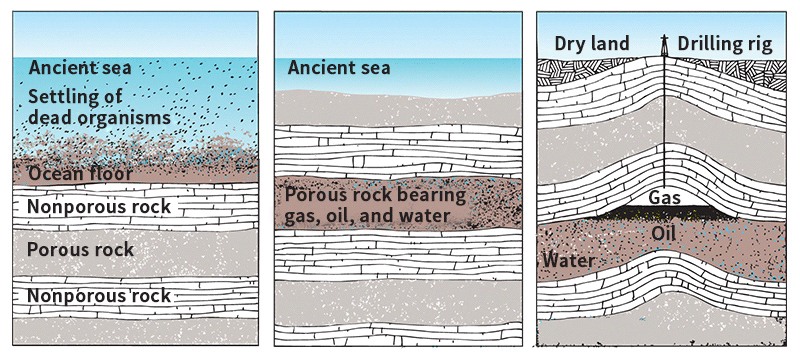Rules Issued to Capture Gas Emissions
Thursday, April 19th, 2012April 19, 2012
New rules that would require oil and natural gas companies to capture and contain gas emissions from drilling operations and pipelines were announced on April 18 by the Environmental Protection Agency (EPA). The rules would chiefly affect hydraulic fracturing operations–called “fracking” for short–which have become a widespread source of natural gas in the past decade. Fracking involves drilling deep wells and forcing a chemical-laced fluid through rocks to tease out natural gas trapped within. Although most of the natural gas is captured for sale, some natural gas and other emissions escape into the atmosphere, creating air pollution. The EPA rules would force operators to burn or capture all gas emissions by 2015. After 2015, operators must capture all emissions. The new rules also apply to pipelines that transport natural gas.
Emissions from fracking operations include volatile organic compounds (VOC’s), which contribute to smog and may have both short- and long-term health effects. VOC’s include such carcinogens (cancer-causing compounds) as benzene and hexane. Fracking also releases methane, a potent greenhouse gas that traps heat in Earth’s atmosphere, causing global warming. The EPA estimated that the rules will cut 95 percent of VOC emissions after 2015. The agency also predicted that the rules will reduce greenhouse gas emissions by around 28 million to 44 million tons (25.4 million to 40 million metric tons) per year–equivalent to the amount produced by generating electric power for a few million homes.

Ages ago, the remains of tiny marine organisms sank to the sea floors and were buried by sediments, left. The decaying matter became gas and oil trapped in porous rock under nonporous rock, center. Later, Earth's crust shifted, and dry land appeared over many deposits, right. (World Book diagram by George Suyeoka)
The American Petroleum Institute said that many fracking operations have already complied with the rules. The industry welcomed the delay in enforcing emission capture. The EPA predicted that the new rules will save the oil and gas industry $11 million to $19 million per year above the cost of new equipment because the captured gas can be sold for additional profit.
Addtional World Book articles:


